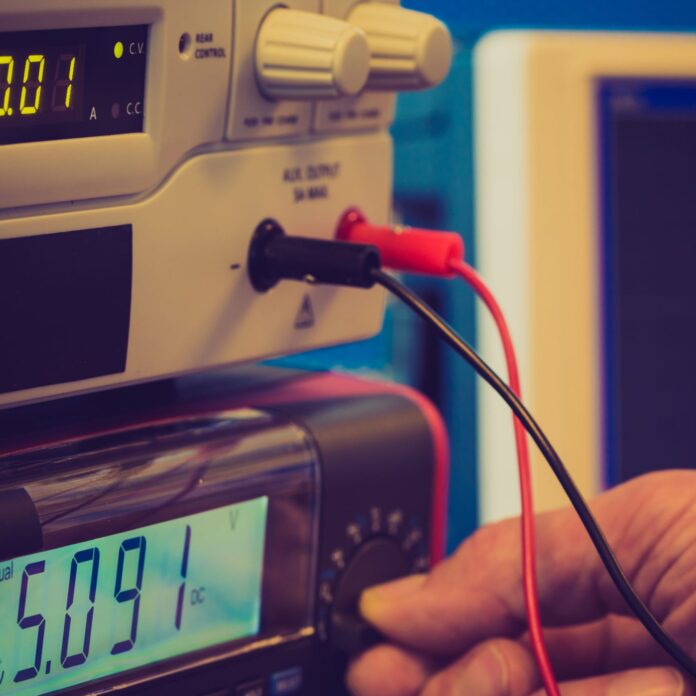RF Engineer demand driven by IoT and 5G. In this episode of Telecom Careers Insider, Jeff Mucci from RCR Wireless News takes an insider’s view of the critical role an RF engineer plays in today’s wireless and mobile world. Sponsors of this week’s episode include Nexius and Telecomcareers
- Nexius: Accelerating Network and Business Transformation
- Telecomcareers, an industry leading resume database with over 240,000 searchable resumes
According to guest Ben Wilmhoff, founder of BluFlux, a Louisville, Colorado-based RF engineering and test lab, today’s ideal RF engineer has experience with each of the following critical components of a wireless communications network and understands that the primary purpose of RF is to deliver data between two points while providing quality customer experience:
- Antenna
- RF front end module, which includes amplification, filtering and switching
- RF transceiver signal processor
With the exponential growth of sensors related to IoT (wearables, connected car, home automation, industry et…) and small cell cellular networks, the demand for qualified engineers will continue to grow across all segments of the supply chain from carrier to chip manufacturers. For example, a recent Indeed job search using the term “RF Engineer” displayed over 5,300 open positions including:
- RF Systems Engineer, National Instruments
- RF design engineer at C-Spire, a regional competitive carrier
- RF/Analog System Engineer at NXP, which recently acquired Austin, Texas-based Freescale
- RF Hardware Test and Validation Engineer, Consumer Hardware at Google
When launching a new wireless device or sensor, a hardware product design team will have to:
- Select a wireless transceiver module
- Prepare board layout
- Design and integrate antennas
- Submit device to strict OTA and FCC testing along with carrier certification standards
“The real challenge for RF engineer designers” Wilmhoff said, “is knowing what to do when product does not meet test parameters.”
BluFlux Technologies is a concept to launch engineering and test company. In addition to receiving a patent earlier this year on technology that increases cell coverage, BluFlux recently announced that Google’s Advanced Technology and Projects (ATAP) group selected the company as one of the partners to develop Project Soli, a new interaction sensor that uses radar technology to capture movements of the human hand.
For more job opportunities in RF engineering, check out these listings on Telecom Careers.
For more on our “GIGS” series of videos where RCR takes a closer look at different jobs in the wireless industry, click here.
Stuck in traffic or video blocked at work? Listen to the entire episode as a podcast:
[soundcloud url=”https://api.soundcloud.com/tracks/226444757″ params=”color=ff5500&auto_play=false&hide_related=false&show_comments=true&show_user=true&show_reposts=false” width=”100%” height=”166″ iframe=”true” /]


